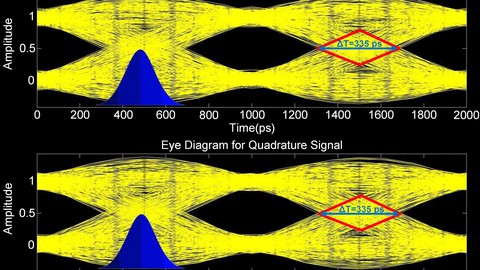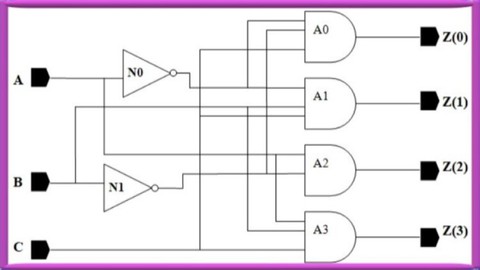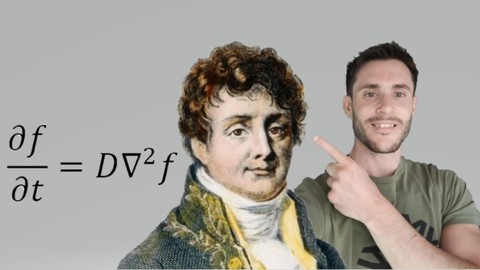Mô tả
The second course in this seven-course series focuses on the fundamentals of communication theory. OF particular importance is the concept of modulation and demodulation. We will learn that the information that is being transmitted and received by a communication device often occupies frequencies from DC to a few megahertz (gigahertz in the case of data). Effective communication over a long distance often requires frequency-upconversion of the information, which is called baseband signal, to high frequency using another signal called carrier. The information can be featuring different attributes of the carrier such as its amplitude, phase, or frequency. Placing the information on the amplitude of the carrier leads to the notion of amplitude modulation (AM). Likewise, in the case that the phase or frequency of the carrier varies by the baseband signal, we will achieve phase modulation (PM) and frequency modulation (FM). Modern communication systems all employ digital modulation. Digital modulation allows the use of digital signal processing techniques to vastly improve spectral efficiency during signal transmission. To more efficiently use the spectrum to transmit data, thus increasing the information rate, the information bits can be formed into "symbols." Each symbol is comprised of several bits. The symbol transmission allows for sending more information bit at specific instances of time. The symbol formation together with frequency upconversion constitutes the digital modulation. In this course, we will learn about different digital modulation techniques including amplitude, phase, and frequency shift keying, and quadrature amplitude modulation (QAM). Widely used advanced techniques such as orthogonal frequency division multiplexing (OFDM) will also be discussed in this course.
Bạn sẽ học được gì
The second course in the seven course series on RF circuits and systems provides an easy-to-uderstand overview of communication theory.
The main focus of this course would be on analog and digital modulation techniques being adopted in m modern communication standards.
The participants will get insight into modulation/demodulation, and performance parameters such as bit-error rate (BER), and error-vector magnitude (EVM)
The participants will learn topics such as orthogonal frequency division multiplexing (OFDM), widely used in practice.
Yêu cầu
- The prerequisite for this course is a knowledge of signals and systems and concepts such as Fourier transform and linear systems,
Nội dung khoá học
Viết Bình Luận
Khoá học liên quan

Đăng ký get khoá học Udemy - Unica - Gitiho giá chỉ 50k!
Get khoá học giá rẻ ngay trước khi bị fix.


















Đánh giá của học viên
Bình luận khách hàng